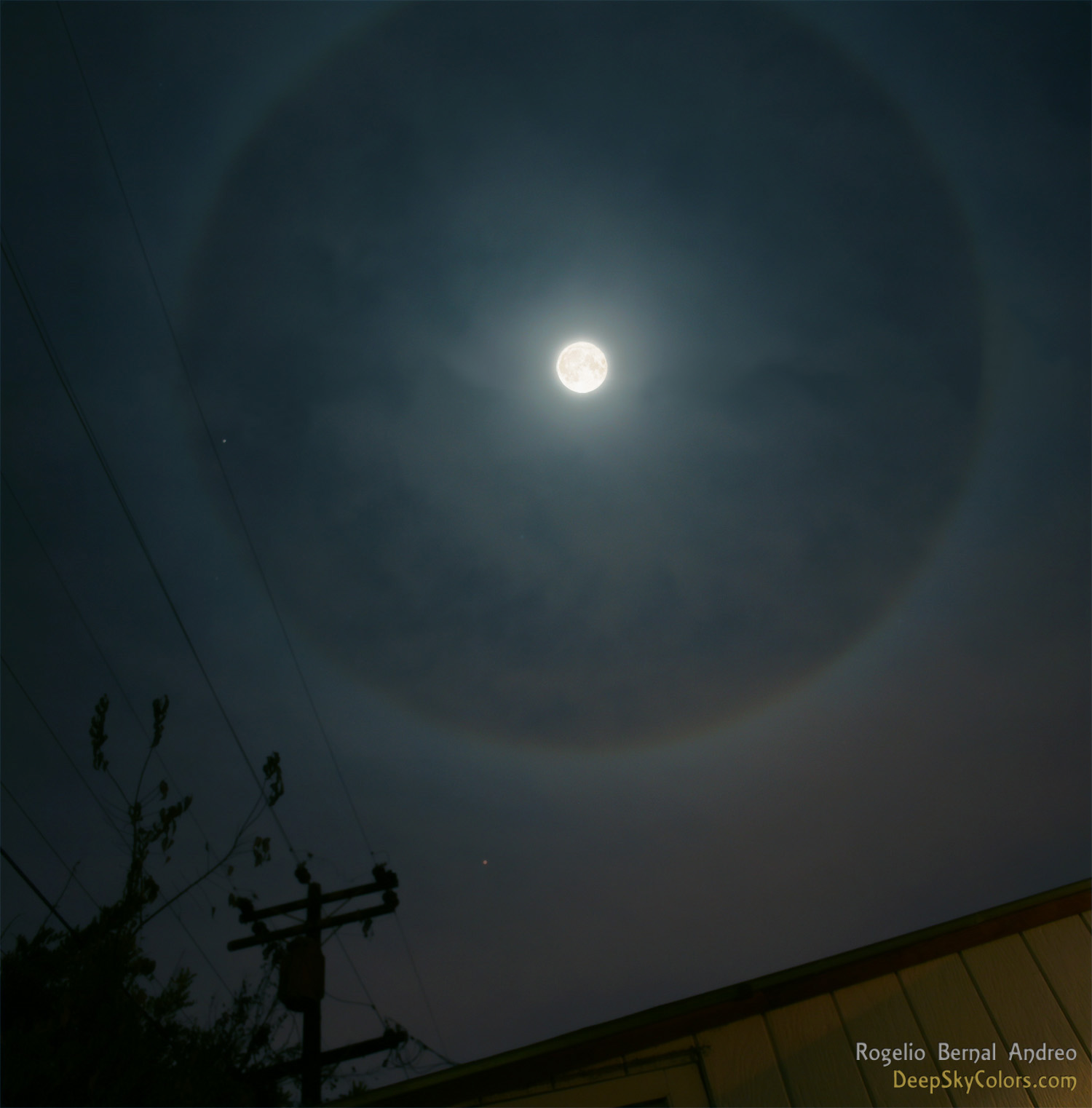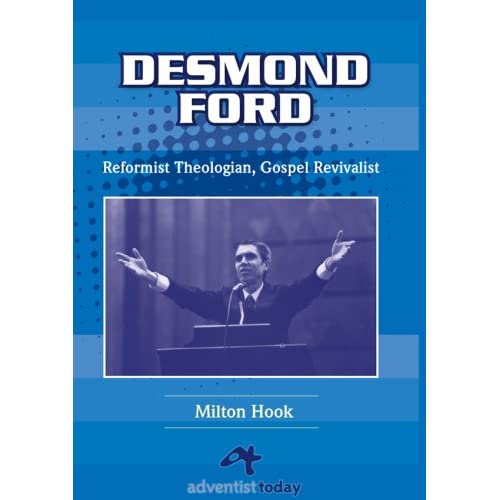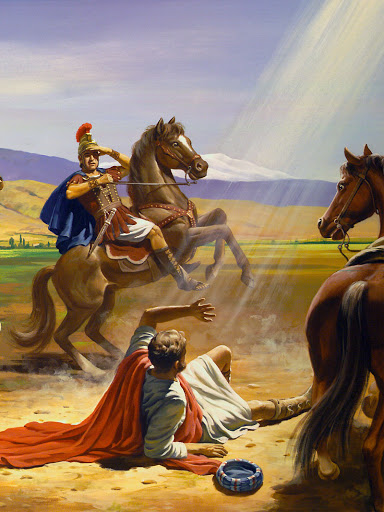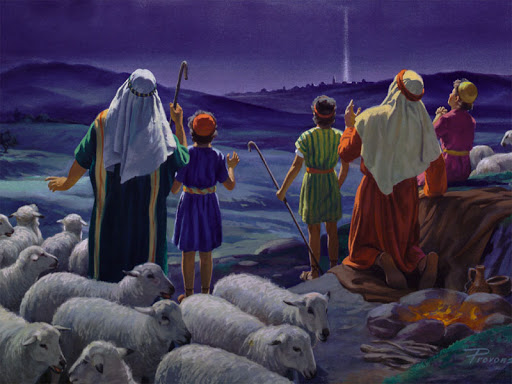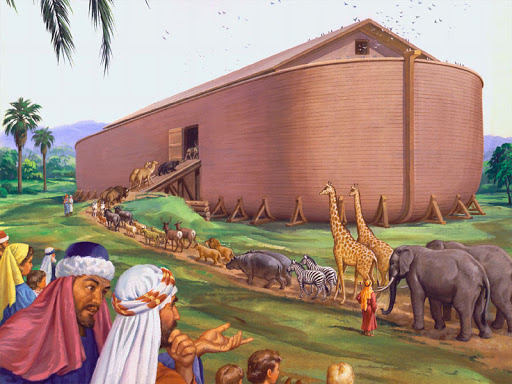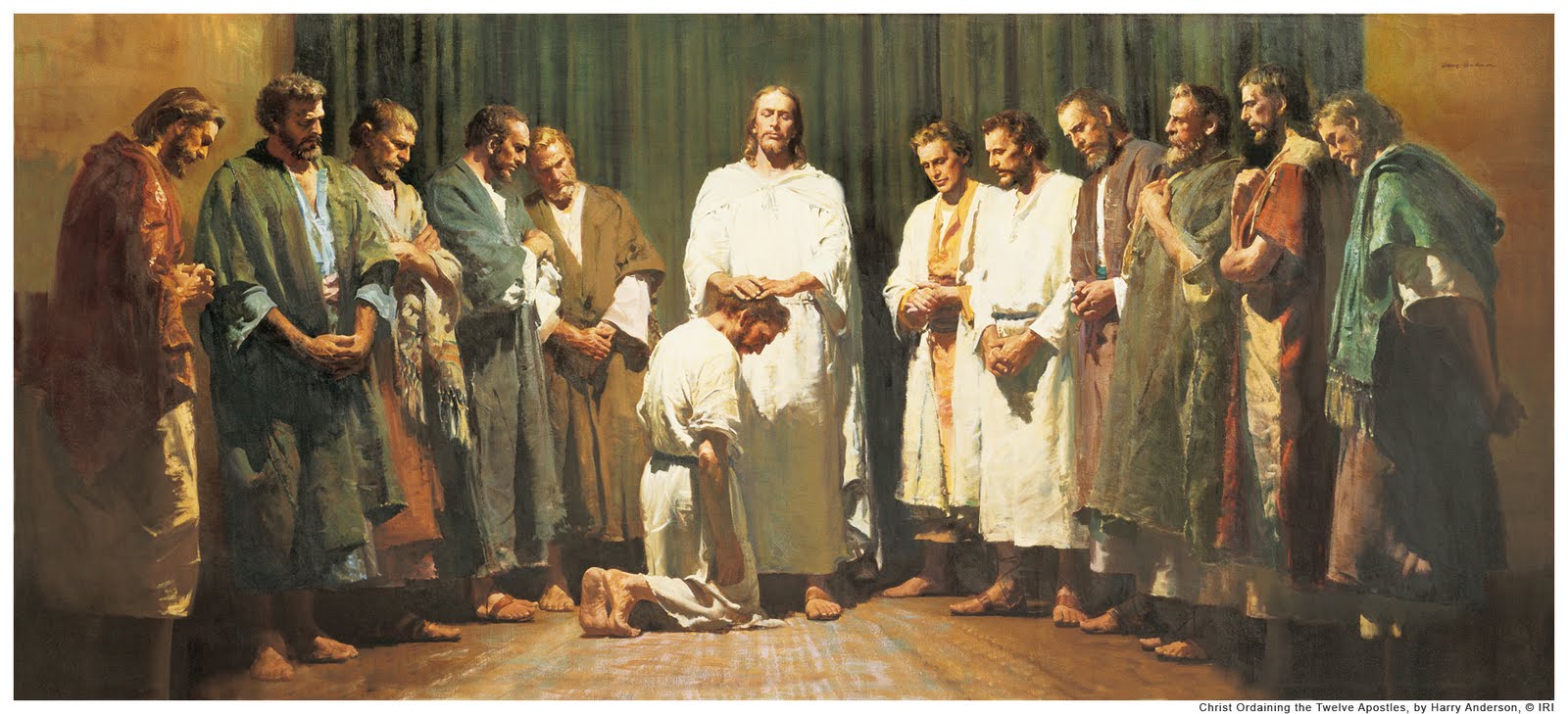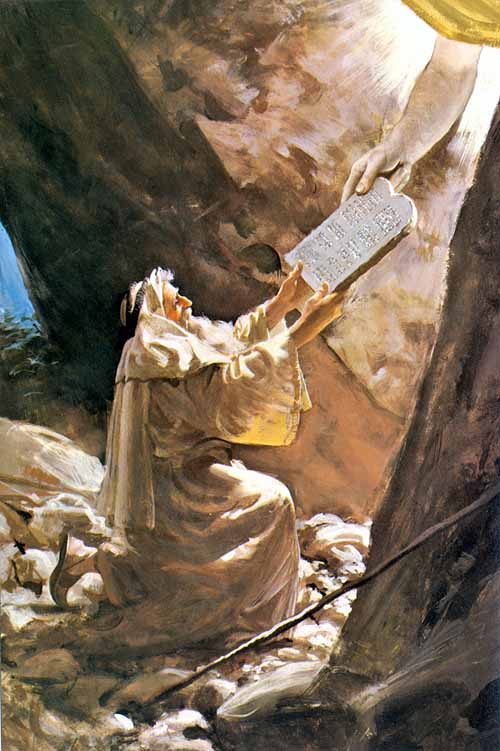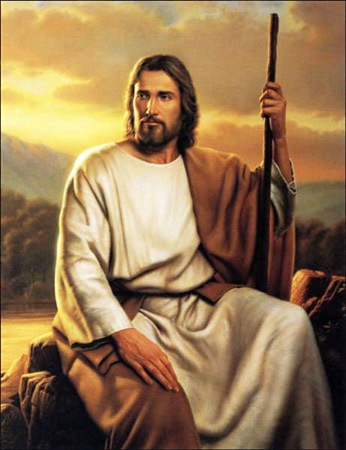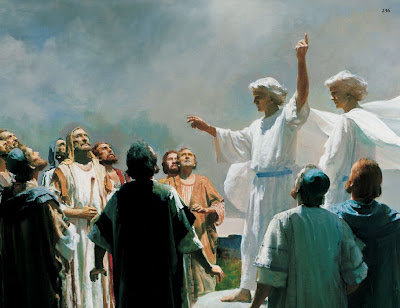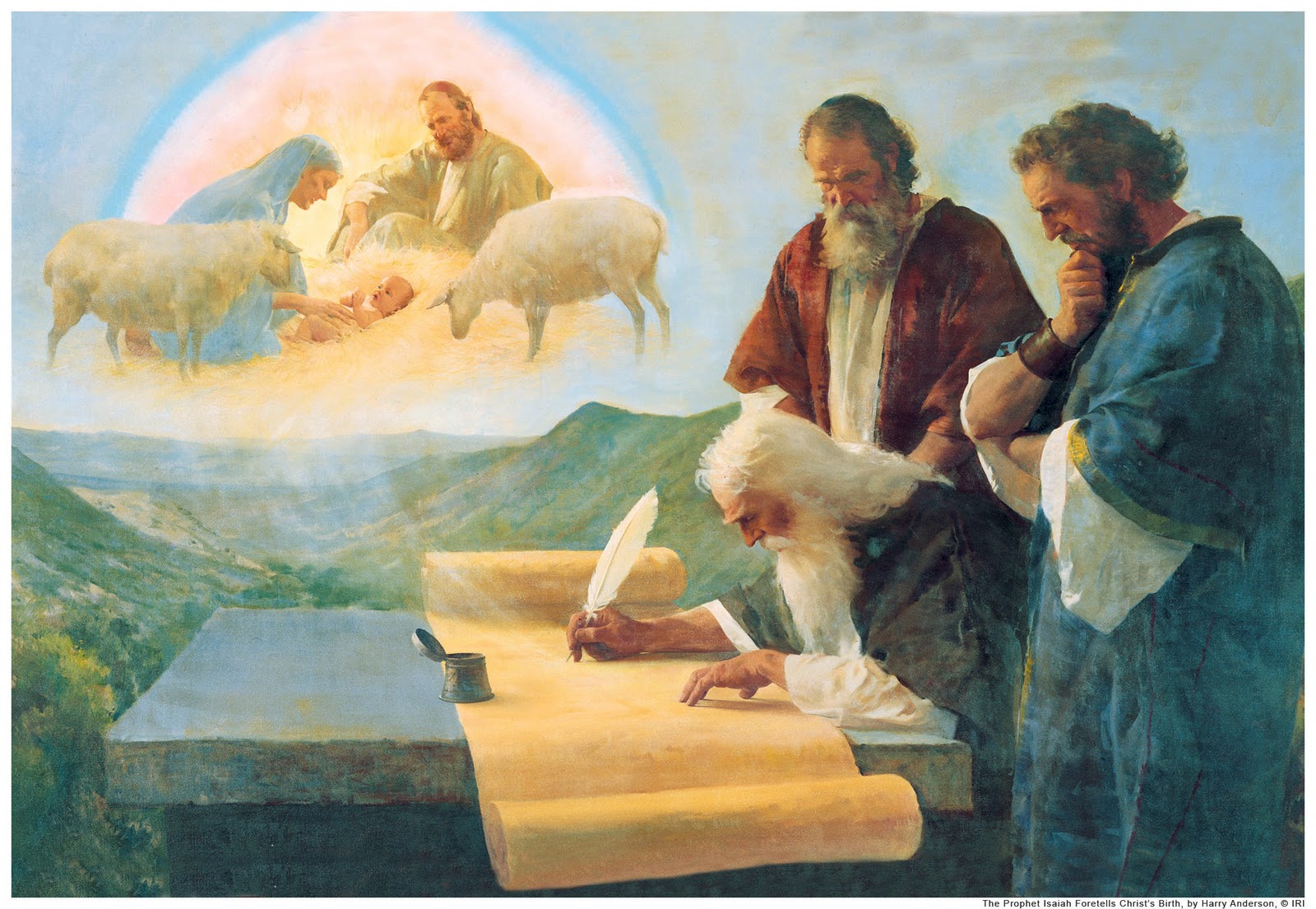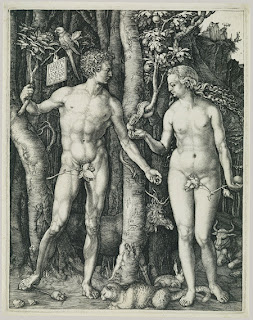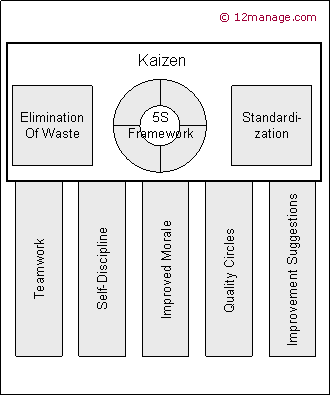Check this out! (Dead Link) http://www.examiner.com/exopolitics-in-seattle/mars-visitors-basiago-and-stillings-confirm-barack-obama-traveled-to-mars Just when I want to stop thinking about this sort of thing, I get confronted with something that blows me away! I just got a call from a 703 area code. I didn't answer, and they didn't leave a message. Hmmmmmmmm. Has anyone counted the number of times the President has visited Northern California? Hmmmmmmmm. Cities under Mt. Shasta? Hmmmmmmmm. Welcome to the Hotel California? You can teleport -- but can you ever leave? Hmmmmmmmmm. I really do need to stop...
Mars Visitors Basiago and Stillings Confirm Barack Obama Traveled to Mars
Alfred Lambremont Webre, Seattle Exopolitics Examiner
November 6, 2011
Two former participants in the CIA’s Mars visitation program of the early 1980’s have confirmed that U.S. President Barack H. Obama was enrolled in their Mars training class in 1980 and was among the young Americans from the program who they later encountered on the Martian surface after reaching Mars via “jump room.” Andrew D. Basiago, 50, a lawyer in Washington State who served in DARPA’s time travel program Project Pegasus in the 1970’s, and fellow chrononaut William B. Stillings, 44, who was tapped by the Mars program for his technical genius, have publicly confirmed that Obama was enrolled in their Mars training class in 1980 and that each later encountered Obama during visits to rudimentary U.S. facilities on Mars that took place from 1981 to 1983. Their astonishing revelations provide a new dimension to the controversy surrounding President Obama’s background and pose the possibility that it is an elaborate ruse to conceal Obama’s participation as a young man in the U.S. secret space program.
According to Mr. Basiago and Mr. Stillings, in Summer 1980 they attended a three-week factual seminar about Mars to prepare them for trips that were then later taken to Mars via teleportation. The course was taught by remote viewing pioneer Major Ed Dames, who was then serving as a scientific and technical intelligence officer for the U.S. Army. It was held at The College of the Siskiyous, a small college near Mt. Shasta in California.
They state that ten teenagers were enrolled in the Mars training program. In addition to Basiago and Stillings, two of the eight other teenagers in Major Dames’ class that they can identify today were Barack Obama, who was then using the name “Barry Soetoro,” and Regina Dugan, who Mr. Obama appointed the 19th director and first female director of the Defense Advanced Research Projects Agency (DARPA) in 2009. As many as seven parents of the ten students, all with ties to the CIA, audited the class. They included Raymond F. Basiago, an engineer for The Ralph M. Parsons Company who was the chief technical liaison between Parsons and the CIA on Tesla-based teleportation; Thomas Stillings, an operations analyst for the Lockheed Corporation who had served with the Office of Naval Intelligence; and Mr. Obama’s mother, Stanley Ann Dunham, who carried out assignments for the CIA in Kenya and Indonesia. From 1981 to 1983, the young attendees then went on to teleport to Mars via a “jump room” located in a building occupied by Hughes Aircraft at 999 N. Sepulveda Boulevard in El Segundo, California, adjacent to the Los Angeles International Airport (LAX).
Mr. Basiago and Mr. Stillings have each issued public statements confirming that they both attended Mars training with Mr. Obama and later encountered him on Mars during separate visits. On August 21, 2011, Mr. Basiago stated: "Something highly significant has happened, and that is that two individuals from the same Mars training class in 1980 (Basiago and Stillings) have met and are comparing experiences and are able to corroborate not only that they were on the surface of Mars together but that before reaching Mars via jump room they were trained with a group of teenagers that included the current President of the United States (Obama) and director of DARPA (Dugan)." Mr. Stillings’ statement, released at the same time, read: "I can confirm that Andrew D. Basiago and Barack Obama (then using the name "Barry Soetoro") were in my Mars training course in Summer 1980 and that during the time period 1981 to 1983, I encountered Andy, Courtney M. Hunt of the CIA, and other Americans on the surface of Mars after reaching Mars via the "jump room" in El Segundo, California.”
In a statement made Sept 20, 2011, Mr. Basiago confirmed Mr. Obama’s co-participation in the 1980 Mars training class, stating: “Barry Soetoro, a student at Occidental College, was in my Mars training class under Major Ed Dames at The College of the Siskiyous in Weed, California in 1980. That fact has been corroborated by one of my other classmates, Brett Stillings. Two years later, when he was taller, thinner, more mature, a better listener, using the name ‘Barack Obama,’ and attending a different college, Columbia University, we crossed paths again in Los Angeles and I didn't recognize him as the person that I had been trained with in the Mars program and encountered on the surface of Mars. In fact, doing so would have been virtually impossible in any case, because measures had been taken to block our later memories of Mars shortly after we completed our training in 1980.”
Mr. Basiago states that during one of his trips to Mars via “jump room” that took place from 1981 to 1983, he was sitting on a wall beneath an arching roof that covered one of the “jump room” facilities as he watched Mr. Obama walk back to the jump room from across the Martian terrain. When Mr. Obama walked past him and Mr. Basiago acknowledged him, Mr. Obama stated, with some sense of fatalism: “Now we’re here!” Mr. Stillings states that during one of his visits to Mars, he walked out of the “jump room” facility and encountered Mr. Obama standing beside the facility by himself staring vacantly into a ravine located adjacent to the facility. Mr. Basiago thinks that it is virtually certain that Ms. Dugan also went to Mars, because he once encountered her at the building in El Segundo where the “jump room” to Mars was located as he was entering the building to jump to Mars and she was exiting it. “I know you!” she said, greeting him as she passed him in the lobby of the building.
Basiago, Obama, Stillings, and Dugan went to Mars at a time when the U.S. presence on Mars was only just beginning but many had already gone. Mr. Basiago states that in the early 1980’s, when they went, the U.S. facilities on Mars were rudimentary and resembled the construction phase of a rural mining project. While there was some infrastructure supporting the jump rooms on Mars, there were no base-like buildings like the U.S. base on Mars first revealed publicly by Command Sgt. Major Robert Dean at the European Exopolitics Summit in Barcelona, Spain in 2009. The primitive conditions that they encountered on Mars might explain the high level of danger involved. Mr. Basiago and Mr. Stillings agree that Major Dames stated during their training class at The College of the Siskiyous in 1980: “Of the 97,000 individuals that we have thus far sent to Mars, only 7,000 have survived there after five years.” In light of these risks, prior to going to Mars, Mr. Basiago received additional training from Mr. Hunt. Hunt, a career CIA officer, showed Mr. Basiago how to operate the respiration device that he would wear only during his first jump to Mars in July 1981, provided him with a weapon to protect himself on Mars, and took him to the Lockheed facility in Burbank, California for training in avoiding predators on the Martian surface. When they then first teleported to Mars in Summer 1981, the young Mars visitors confronted the situation that Major Dames had covered at length during the class the previous summer – that one of their principal concerns on Mars would be to avoid being devoured by one of the predator species on the Martian surface, some of which they would be able to evade, and some of which were impossible to evade if encountered. The Mars program was launched, Basiago and Stillings were told, to establish a defense regime protecting the Earth from threats from space and, by sending civilians, to establish a legal basis for the U.S. to assert a claim of territorial sovereignty over Mars. In furtherance of these goals and the expectation that human beings from Earth would begin visiting Mars in greater numbers, their mission was to acclimate Martian humanoids and animals to their presence or, as Major Dames stated during their training near Mt. Shasta in 1980: “Simply put, your task is to be seen and not eaten.”
It is not known whether NASA-JPL, which is located in Pasadena, California, had a hand in selecting the young people for their dangerous interplanetary mission to Mars, but it is conspicuous that all four had Pasadena, California connections. Mr. Basiago was the son of an engineer for The Ralph M. Parsons Company, which is headquartered in Pasadena. Mr. Stillings was residing in La Canada, California, which is a suburb of Pasadena. Mr. Obama had just completed a year of undergraduate studies at Occidental College in Eagle Rock, California, near Pasadena. Ms. Dugan was attending the California Institute of Technology, which is located in Pasadena. The firsthand, eyewitness testimony of Mr. Basiago and Mr. Stillings as to the existence of a secret U.S. presence on Mars that is made possible by a revolutionary “jump room” technology that has been concealed from the public is congruent with similar accounts given by three other Mars whistle blowers:
(1) Former U.S. serviceman Michael Relfe, who spent 20 years as a member of the permanent security staff of a U.S. facility on Mars;
(2) Former Department of Defense (DoD) scientist Arthur Neumann, who has testified publicly that he teleported to a U.S. facility on Mars for DoD project meetings; and
(3) Laura Magdalene Eisenhower, great-granddaughter of U.S. President Dwight D. Eisenhower, who in 2007 refused a covert attempt to recruit her into what was described to her as a secret U.S. colony on Mars.
Mars researchers, including physicist David Wilcock, estimate that as a result of the “jump room” technology that Relfe, Basiago, Neumann, and Stillings have described, the U.S. colony on Mars that Eisenhower was invited to join might number 500,000 individuals. Public revelation of Mr. Obama’s secret Mars connection will continue with a special broadcast on talk radio’s Coast to Coast AM this Thursday, November 10, 2011 from Midnight to 2 AM PST. http://www.coasttocoastam.com/show/2011/11/10 Mars visitors Andrew D. Basiago and William B. Stillings will be appearing with Mars whistle blower Laura M. Eisenhower in an historic broadcast. This will be the first time that a mainstream media program will interview two Mars visitors on the same show and in a joint appearance with an individual invited to join the secret U.S. colony on the Red Planet. With multiple whistle blowers coming forward and corroborating each others’ testimony, it now seems inevitable that both the cover-up of the U.S. presence on Mars and Mr. Obama’s personal involvement in it will soon become matters of great public interest. Recommended reading - U.S. Secret Mars Program



What if the hypothetical United States of the Solar System and the hypothetical Anglo-Catholic Church were both based upon an uncorrupted and properly adapted version of the U.S. Constitution and Bill of Rights? Would they war with each other, or would they keep each other in line? Would an elected non-bloodline King and Queen serve as the ceremonial heads of the United States of the Solar System and the Anglo-Catholic Church? Would this be the beginning of the end of this solar system? I am very, very fearful that no matter what we do, things are going to be very, very bad. The best of intentions can quickly pave the road to hell. But please remember that this thread is a study-guide, to make you face yourselves, and think. It's better to examine as many possibilities as possible, sooner rather than later. I've been joking about possibly being an insider at some later date, but I think that everyone is going to be an insider, because of the exponential increase in information and communication in a Brave New Universe. If I became even a token-insider, I'd probably become very, very unhappy. Wait a minute, I'm very, very unhappy right now -- so what would change? Oh yeah, I'd have a badge and a title. But don't get me wrong, I aspire to be a Highly Ethical, Highly Pragmatic, Genius City-State and Moon-Base Insider -- even if I just keep this tempest in a teapot brewing in my messy little house.
I think there needs to be a critical mass of outsiders, who calmly think like insiders, instead of shouting insults at the NWO-PTB. I'm frankly going to try to think like a composite of Osiris, Isis, Horus, and Set. Oh, I know, Set is supposedly Lucifer, and Lucifer is the Devil, right? Well, I continue to think that ALL of these four reincarnational lower-case deities are a mixture of good and evil, competence and incompetence, genius and insanity. I just think that looking at the past and present through their eyes is extremely interesting. I'm also trying to think of being some sort of a Solar System Administrator in a Sirius-Egyptian-Roman Empire, even though I don't really know the nature of this empire, or whether it even exists. I simply think that more people should create their own ongoing science-fiction shows, so as to consider all of the possibilities before coming to any conclusions relative to life, the universe, and everything. Look at me, saying all of this, while simultaneously talking about an Anglo-Catholic Book of Common Prayer in Parallel Columns of English and Latin, Based Upon the 1928 Book of Common Prayer, Complete With an Introduction by the Archbishop of Canterbury and the Pope of Rome, so as to Facilitate Ecumenism and Protestant-Catholic Reunification, Possibly in Conjunction with a Responsibility-Based United States of the Solar System, Centered in the City of London! Would the King and Queen of the United States of the Solar System be the head of the Anglo-Catholic Church? How's that for playing with burning magnesium???!!! Would this be an Anti-Christ Scenario? In a way, I like the general concept, but I fear that it would quickly become corrupted, just like everything else. BTW, consider reading 'The Jesuits' by Malachi Martin. It's really quite good, regardless of whether you love or hate the Jesuits. I'm somewhat undecided and conflicted about the Jesuits, but I love the writing style of Malachi Martin. One thing that stuck in my mind, while reading this volume, is that the period following Vatican II has involved the secularization of the Roman Catholic Church. While I support the refining and reformation of the RCC, and the proper relationship of 'sacred' and 'secular', I do not support the breaking-down of ethics and spirituality - anywhere in society -- 'sacred' or 'secular'.
I will continue to conceptualize idealistic theories of church and state. A core solar system church and state situation would not negate religious or political freedom. The goal would be to make the solar system safe for a wide variety of expressions of church and state. I'm just trying to look at the existing superpowers of church and state, and to idealize them in innovative ways. I would be game for clean sheet of paper approaches, but I don't think they would be likely to succeed. Plus, I think that there needs to be a link between the present and the past. In other words, I don't wish to create a vacuum, which then gets filled with vastly inferior flatulents. I suspect that there would have to be daily contact with the galactic powers that be, regardless of whether they are friend or foe, benevolent or malevolent, progressive or regressive, human or otherwise. I'm presently thinking of this solar system as being a Human Island in a Draconian Reptilian Universe, but I have no way of knowing whether this is actually the case, or not. I wouldn't have a problem interacting with the galactic powers that be on a daily basis, as sort of an ambassador. But once again, this is just fantasy-land. I'm a nobody with a very dull and stupid life, so I'm simply trying to liven things up a bit. What would Mr. Hadden say? Was he the modern equivalent of Osiris? Was Rachel Constantine the modern equivalent of Isis? Was Michael Kitz, her assistant, the modern equivalent of Set? Was Palmer Joss the modern equivalent of Horus? What would a composite of these characters be like? I'm working on it, and as I ride off into the sunset, I plan to be a Moon and City-State Watcher, in a mostly non-conspiratorial manner. I fear that things are going to be extremely difficult for the human race, regardless of who is in charge, and regardless of what form of governance and religion is dominant. This thread of mine would be downright dangerous if anyone actually studied it in a careful and prayerful manner. But no worries -- that would require too much work and discipline. I'd like to meet those who have been monitoring me! You guys and gals are probably the only ones who actually pay much attention to any of this! Our tax-dollars at work! I'd actually like to meet the Draconian Reptilians and Tall, Long-Nosed Greys who have been watching my every move! At this point, I feel as though I am not well thought of by the Dracs, Greys, or Humans -- even though I wish for things to work out well for all concerned. I just want the pain, suffering, corruption, destruction, insanity, slavery, murder, and bullshit to stop now. Right Now. Is that too much to ask???
It's the economy stupid! He who has the gold RULES! I will be especially interested in the City of London, with the other locations being viewed with peripheral vision. Should people be limited to a net-worth of one million dollars (USD)? Should any additional wealth be used for worthy charitable purposes? At what point does wealth become anti-competitive? At what point does accumulated wealth become non-compassionate? At what point does power corrupt absolutely? At what point do leaders stop listening? At what point do geniuses become insane? At what point do team-players go rogue? Look VERY closely at the richest one-percent and the poorest one-percent. What's wrong with this picture?! I'd still like to see how the City-State Creme de la Creme might apply the 'Federalist Papers' (including the U.S. Constitution and Bill of Rights), the 'Desire of Ages' (in principle and concept), the '1928 Book of Common Prayer' (ceremonially and conceptually), and Sacred Classical Music (ceremonially and inspirationally) to Solar System Governance. I am an admitted Bull in a China Closet, and I've simply been brainstorming and imagining. I completely understand the limitations and liabilities of engaging in this sort of thing. I've never felt smaller or more humbled than I feel presently. It still feels a though we are facing an unprecedented enslavement and/or extermination -- rather than an evolutionary reformation and refinement of that which presently exists within this solar system. Are we really facing a Galactic Game Over? Is this Experiment in Human Physicality and Responsible Freedom really over? I was recently told 'It's Over Rover'. Now I'm going to try to cheer myself up by watching Hal Lindsey. Do we really live on the Great, Late Planet Earth? Whatever Happened to the Human Race? What would Francis Schaeffer say? Do the Galactic Powers That Be Have a Plan?
Once again, I am very, very sorry if I have hurt anyone (benevolent or malevolent, progressive or regressive, human or otherwise) by my brainstorming and questioning internet activities. I am in the process of toning the whole thing down, or not posting anything at all. Raven was absolutely right, when she called me a 'completely ignorant fool'. I was, and still am. However, I still believe that anyone who carefully and prayerfully studies this thread will be in a much better position to deal with the Brave New Universe all of us are facing. I have intended it as a Galactic Boot Camp, so there is a certain amount of pain and suffering involved in this thread. I have conceptually ended up in the City of London. I think there are thousands of very, very smart people (and other than people) connected with the Moon and the City-States. I don't question the level of competence within this network. However, I still seek refinement and reformation, even though I am a certified completely ignorant fool. I simply wish for the hard-core evil to cease and desist within this solar system. I think I'm now ready to explore Egyptology, but I will keep coming back to this thread as a sort of 'City of Refuge'. I'm going to make a detailed study of the original 'Project Avalon' and 'The Mists of Avalon'. Forgive my seeming disregard for the work of others. I never disregarded any of it, but my never-ending questioning and brainstorming made it seem as if I did. Now, I will examine all of it, especially the work of Anchor, Carol, Brook, Lionhawk, Mercuriel, Barry (the Watcher), TRANCOSO, abraxasinas, Bill, Kerry, Karen, Raven, the eXchanger, and Richard (just kidding!). There are many, many others...but I can't think of their names just now. I continue to think that I know very, very little...and that this is just the beginning...rather than being the end. Much love to everyone. This has been fun! We'll have to do it again sometime!













BONEY M
RIVERS OF BABYLON (1978)
https://www.youtube.com/watch?v=L9XDKNnE0ig
By the rivers of babylon, there we sat down
Ye-eah we wept, when we remembered zion.
By the rivers of babylon, there we sat down
Ye-eah we wept, when we remembered zion.
When the wicked
Carried us away in captivity
Required from us a song
Now how shall we sing the lords song in a strange land
When the wicked
Carried us away in captivity
Requiering of us a song
Now how shall we sing the lords song in a strange land
Let the words of our mouth and the meditations of our heart
Be acceptable in thy sight here tonight
Let the words of our mouth and the meditation of our hearts
Be acceptable in thy sight here tonight
By the rivers of babylon, there we sat down
Ye-eah we wept, when we remembered zion.
By the rivers of babylon, there we sat down
Ye-eah we wept, when we remembered zion.
By the rivers of babylon (daughters of babylon)
There we sat down (you got to sing a song)
Ye-eah we wept, (sing a song of love)
When we remember zion. (yeah yeah yeah yeah yeah)
By the rivers of babylon (rough bits of babylon)
There we sat down (you hear the people cry)
Ye-eah we wept, (they need their God)
When we remember zion. (ooh, have the power)

"This Stuff is Upsetting Me!!! Damn Orthodoxymoron!!!"
Last edited by orthodoxymoron on Thu Aug 15, 2013 1:59 am; edited 1 time in total





















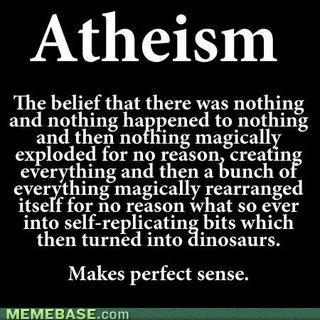





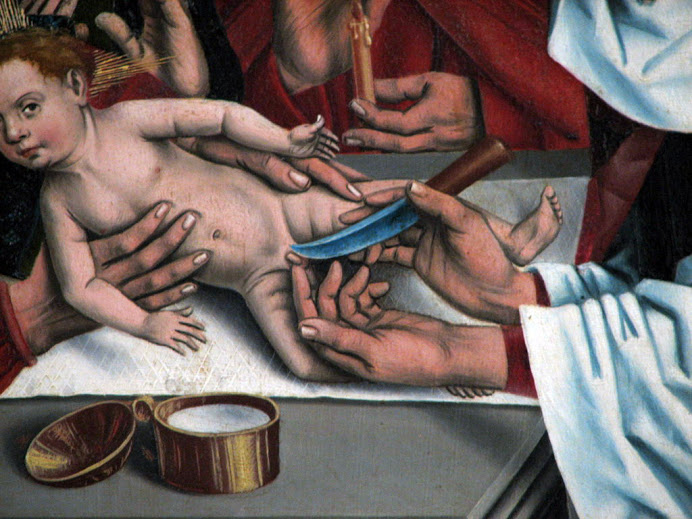
















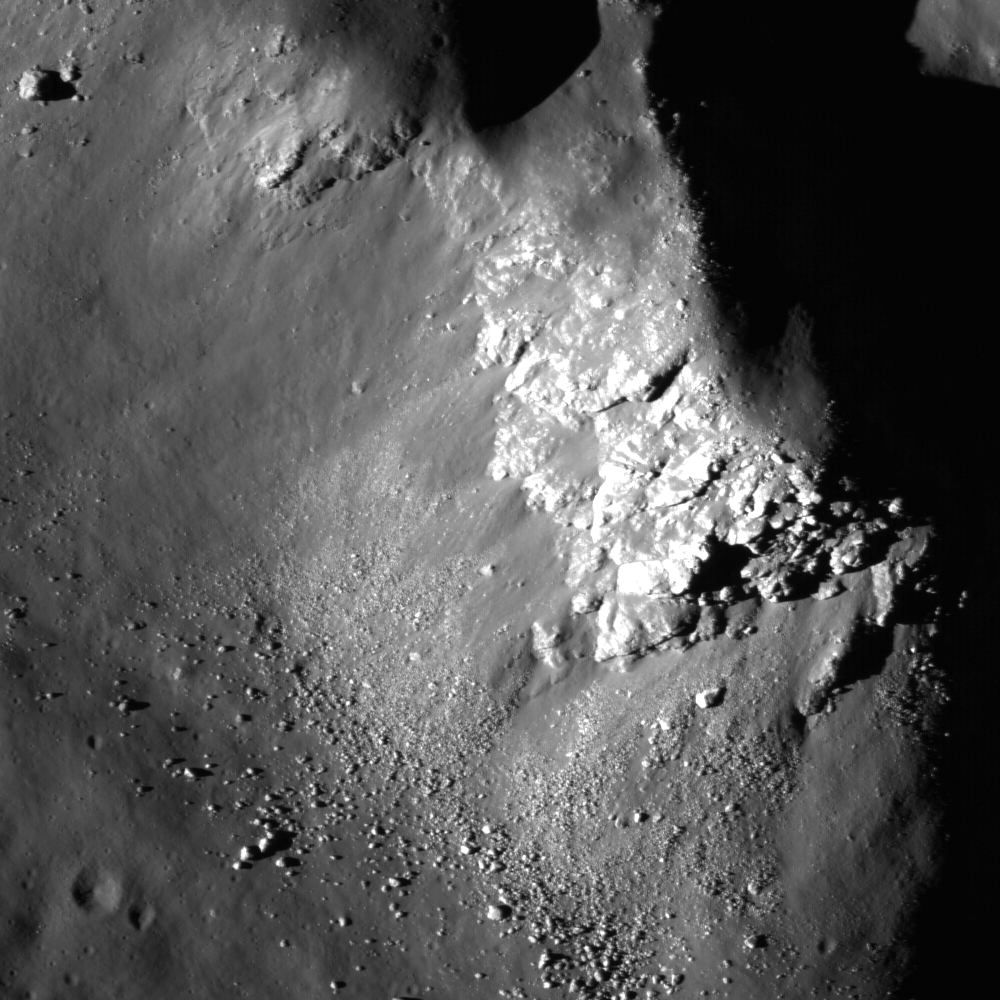






















 If people had any idea who you really are their jaws would drop.
If people had any idea who you really are their jaws would drop. 
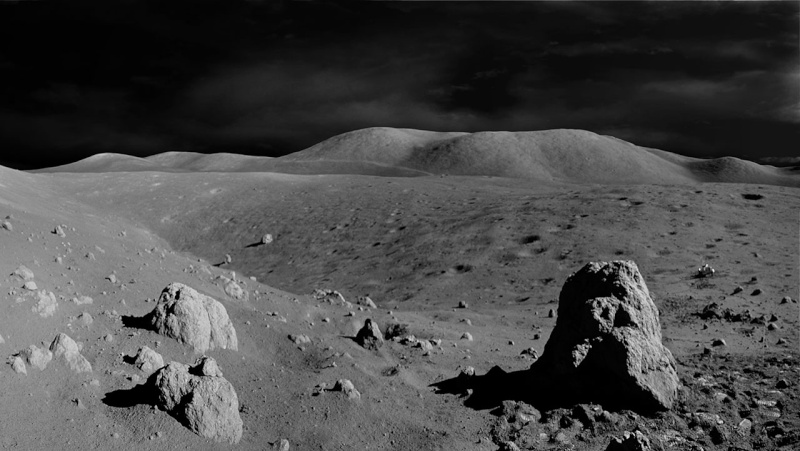
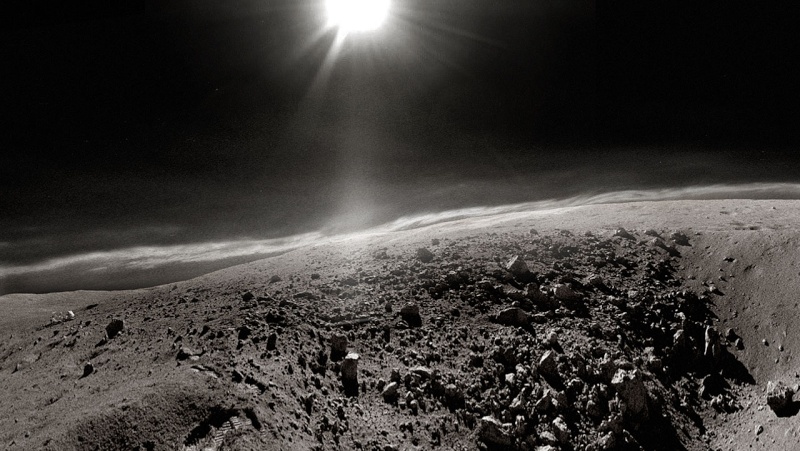








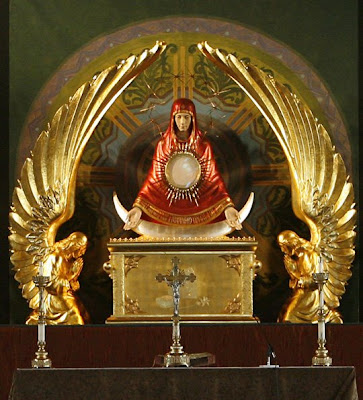
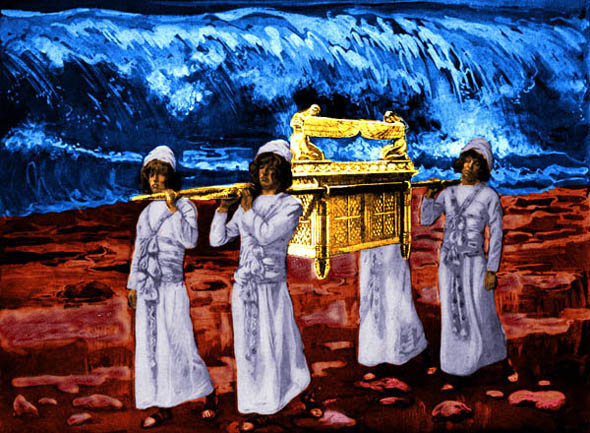













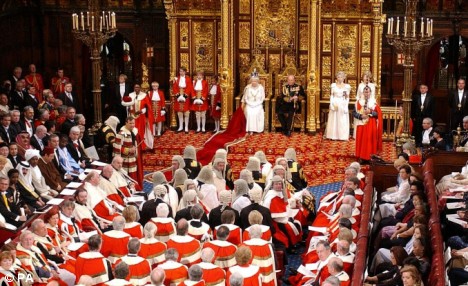



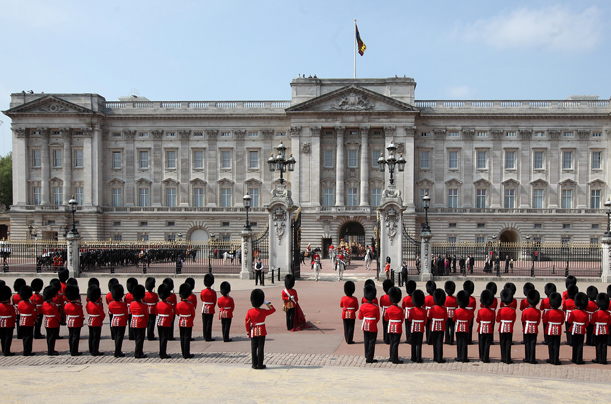












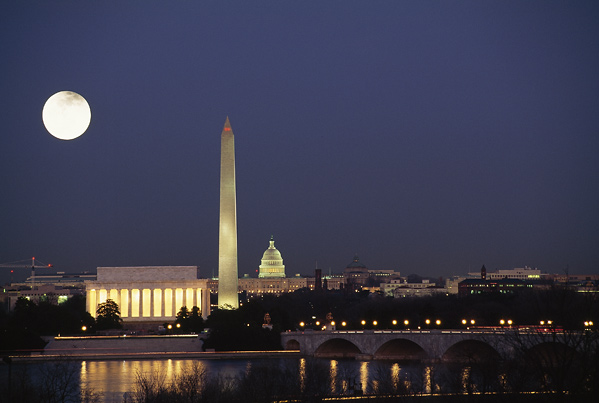












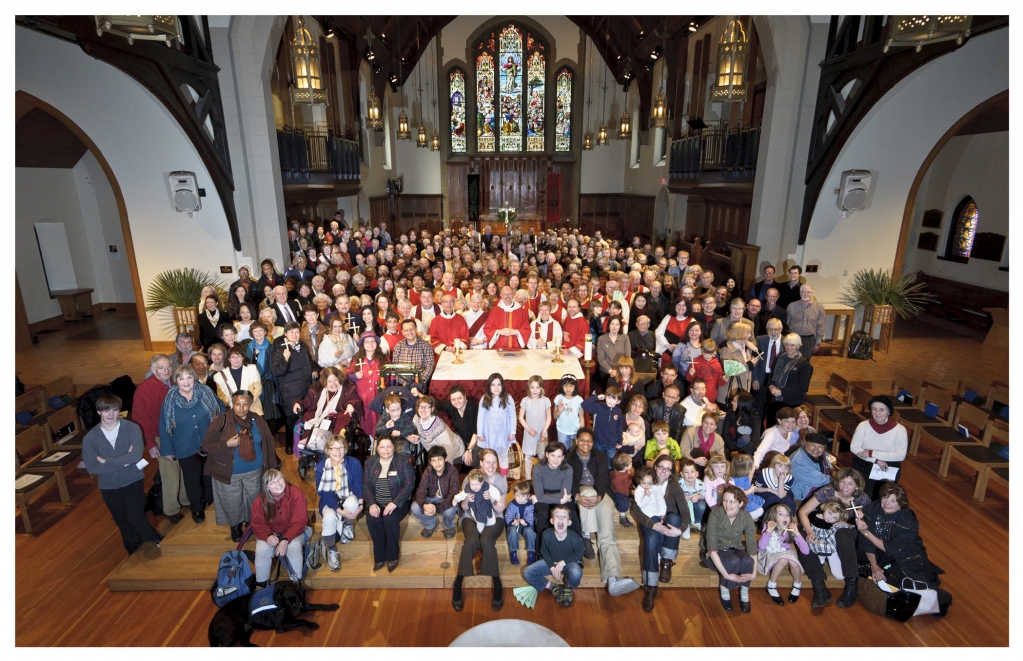


























































































.jpg)




